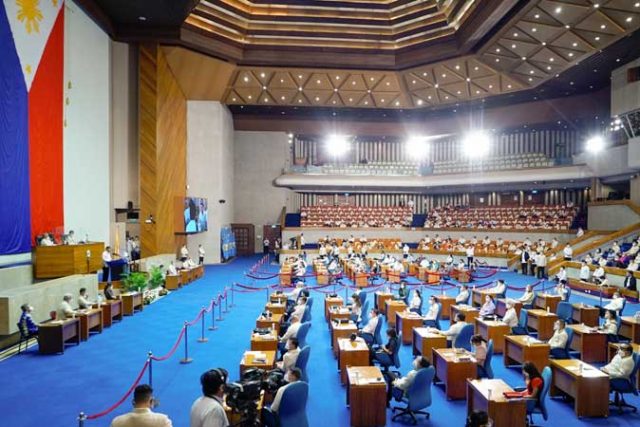THE Department of Transportation (DoTr) said it is evaluating the remaining contract packages for the Metro Manila Subway, with the award target set for the third quarter.
“Bids have been submitted. The consultants are now in the process of evaluating the bid submissions,” Transportation Undersecretary Jeremy S. Regino said in a briefing on Thursday.
The three remaining contract packages were originally set to be awarded in the first quarter of 2024.
These include contract package 105 for Kalayaan Avenue and Bonifacio Global City underground stations, contract package 108 for the Lawton and Senate-Department of Education stations, and contract package 109 for the Terminal 3 station.
The subway will connect 17 stations. It is initially scheduled to start full operations by 2027, but was then delayed to 2029 due to right-of-way acquisition issues.
The 33-kilometer subway aims to cut travel time from Valenzuela to Ninoy Aquino International Airport from 1 hour and 30 minutes to 35 minutes, and carry over 500,000 passengers a day.
“We are expecting to have partial operations by maybe 2028 — from Valenzuela to Ortigas… but for the section from Ortigas up to Bicutan, the schedule is to complete it by 2029,” Transportation Secretary Jaime J. Bautista said.
The loan agreement for the third tranche of the financing, which is worth around P55.7 billion (150 billion yen), is expected to be approved sometime this March.
This will be funded by the Japan International Cooperation Agency (JICA). The loan agreement is targeted for completion this month, according to the Department of Finance (DoF).
“DoF is working with us, working with JICA, and so far, we don’t see any problem with the financing,” Mr. Bautista said.
The loan deal for the first tranche worth around P38.8 billion (104.5 billion yen) was signed in 2018, while the deal for the second tranche worth P94.1 billion (253.3 billion yen) was signed in 2022.
The loan agreements for the fourth and fifth tranches, worth a combined P151 billion (406.6 billion yen), are still under discussion.
The government has officially lowered the tunnel boring machine in Quezon City to build the subway’s North Avenue station.
“(We are) expecting that the fourth tunnel boring machine will start operations three months from now and hopefully, we should be able to finish tunneling up to Tandang Sora within 12 months,” Mr. Bautista said.
The tunnel boring machine will work on contract package 101, which includes the East Valenzuela, Quirino Highway, Tandang Sora and North Avenue stations.
The machine can dig up to 300 to 600 cubic meters per day which is equivalent to 6 to 12 meters in length.
Two more tunnel boring machines are expected to be delivered in 2024, Mr. Bautista said. There are currently five tunnel boring machines working on the project.
The country’s first subway system is currently making progress estimated at 40%, according to the DoTr, on works related to design, right-of-way, procurement, and construction.
The construction progress was estimated at 11%.
Mr. Bautista said that the project is facing major right-of-way issues.
“One of our stations will pass through a building owned by the Department of Education and that building is considered a heritage site… so we need to fix how to move the building or possibly move the station,” he said.
He added that some property owners do not want the project to pass under their properties.
“We’re negotiating with them to allow the government to operate under their properties… we’re expecting that we should be able to resolve all these right-of-way issues,” he said.
The government has acquired 55% of the right of way for the project, he said. — Sheldeen Joy Talavera












